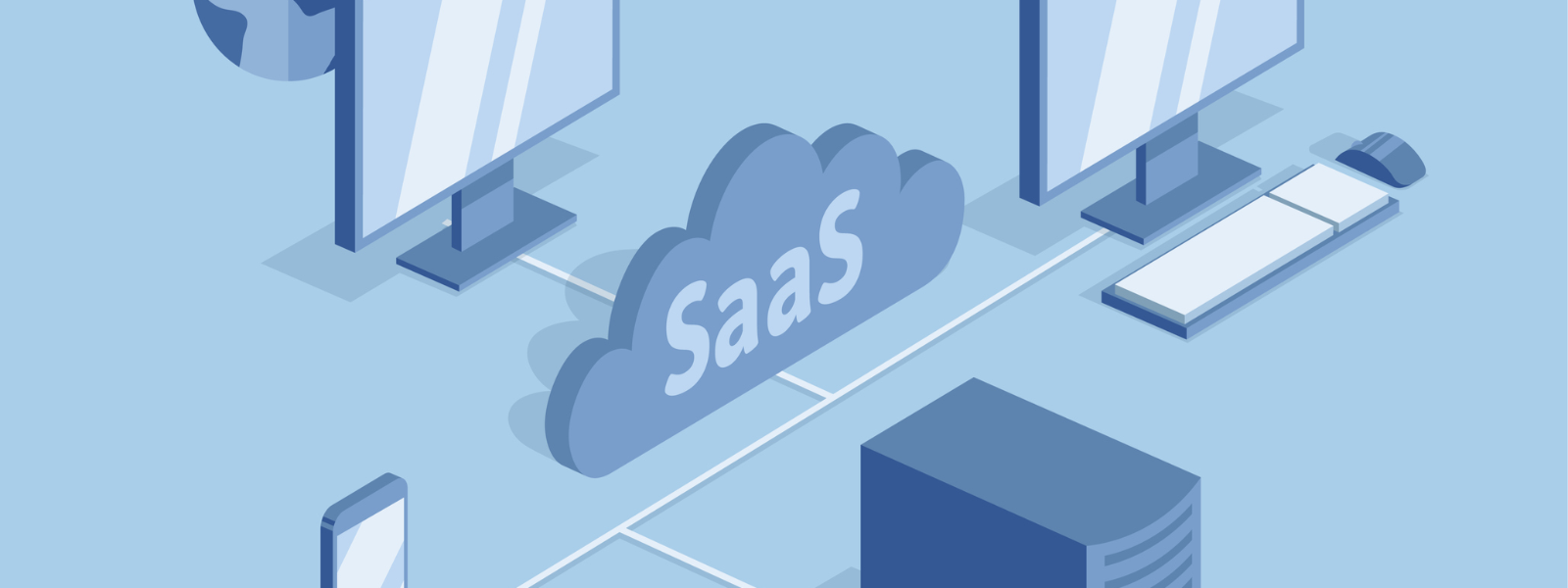Tenancy is one of the main differentiators between various software. Software can be either single-tenant or multi-tenant depending on how many customers a single instance of the software supports. With single-tenant software, there is a single instance of the software for each customer. Multi-tenant software differs in that a single instance of the software supports multiple customers. There are many factors that distinguish types of software, but here are some key differentiators:
Storage on Local Hardware vs. External Backup
Depending on which one is used, system security, maintenance, and upgrades are managed by staff or a service provider. Single-tenant systems require a knowledgeable in-house IT staff to maintain the system. Multi-tenant systems are backed by service providers who do the maintenance work themselves. This means that data lost with a single-tenant system will often be unrecoverable, whereas multi-tenant architecture facilitates security and recovery. Just consider the difference between Microsoft Word and Google Docs. With Word, your documents live on your hard drive, while Google Docs secures and backs up documents in an isolated, external database.
Local Hosting vs. Cloud Computing
Companies like Salesforce, Google, Amazon, and Dropbox offer cloud services using multi-tenant architecture. These multi-tenant offerings use a subscription, or Software as a Service (SaaS) pricing model where customers get a license to operate the software rather than complete ownership of the software instance. However, single-tenant SaaS offerings can also be labeled as cloud services because the software is hosted off-site, paid for via a subscription, and accessible via an internet connection. What makes a software a ‘true’ cloud service is multi-tenancy.
What is the benefit of a ‘true’ cloud service?
There are many benefits of a true-cloud solution. Since it has multi-tenant architecture, it is easily scalable and configurable. The SaaS model also makes it easier and usually less expensive to maintain the software because service providers manage security, upgrades, and general maintenance, meaning upgrades are part of the subscription. Additionally, there should be minimal need for an in-house staff to reconfigure the software following updates. Data security is similarly improved: large cloud service providers have developed complex security measures to meet the requirements of the Fortune 500 companies and federal agencies that leverage their services.
When considering which software specifications meet requirements, understanding the distinction between single tenant and multi-tenant software is key, especially in the era of cloud technology. While single-tenant software might meet the demands of some organizations now, more and more benefits of cloud technology are being realized every day. Understanding these differences puts software functionality into perspective, and forecasts what the future might hold.
Get our guide to learn more about how to find best-of-breed association software.
